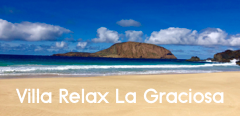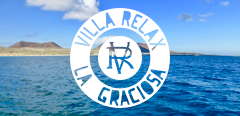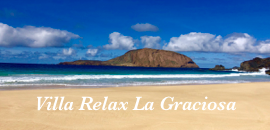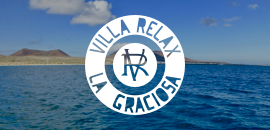Flora
The Arenicolus (Traganum moquinii) is a species found throughout Northeast Africa, Cape Verde and Canary Islands. It is typical of beach areas where it forms monospecific communities.
The Canary Islands Tamarisk (Tamarix canariensis) found in most parts of the dune field,is a small tree perfectly adapted to the difficult conditions of mobile dunes, and. It is resistant to water and edaphic salinity and sand burial.
One of the species best adapted to the dune dynamics is the Smooth Flatsedge (Cyperus laevigatus). Its main habitat is the depressions between the lines of transverse dunes.
The central and northern spaces have fixed dunes, which are covered by vegetation resulting from the lack of sand mobility. This environment has large stable dunes with sandy flats and inter-dune depressions.
The Aulaga (Launaea arborecens) is a thorny bush copious in the fixed dunes and capable of surviving in the mobile dunes. It is a xerophilic species resistant to scarcity of water.
The Salado (Schizogyne glaberrima) is an endemic species of the Island of Gran Canaria. Its bright yellow flowers produce a pleasant odor.
As its name suggests Canary Palm tree (Pheonix canariensis) is endemic to the Canaries. There are some samples within the dune area; such as in the inter-dune depressions where there is edaphic humidity.
The Sand Sedge (Cyperus capitatus) is a geophite characteristic of fixed dunes where it can form extensive fields.
















